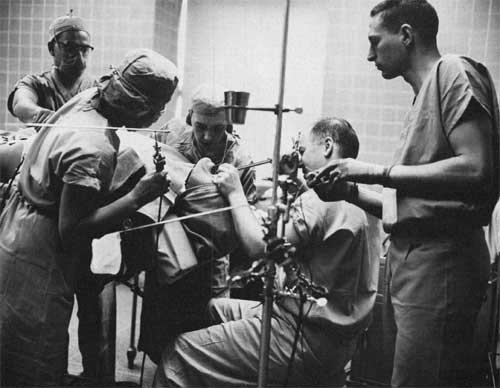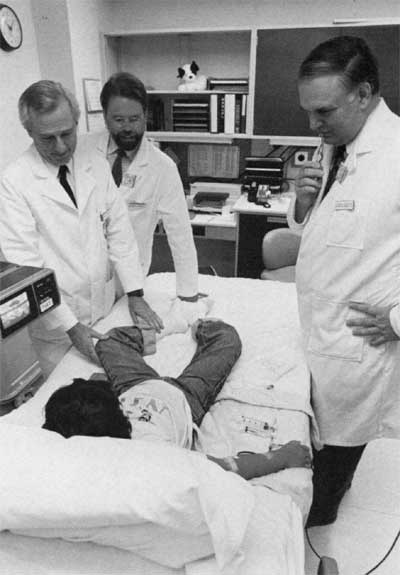...
| Div | ||||||||||||||
|---|---|---|---|---|---|---|---|---|---|---|---|---|---|---|
| ||||||||||||||
|
The greatest challenge the Clinical Center faced came directly from the Nixon administration. In the name of budgetary restraint and managerial efficiency, the administration sought to curtail research spending, reduce federal support for biomedical education, and to phase out the PHS hospital system. Congress, however, wanted to redirect spending away from the war effort. A collision course was set in 1971 and 1972 when broad majorities in both houses voted massive new outlays to conquer cancer, heart, and lung disease. The administration supported these initiatives but insisted that off-setting cuts be made in other health areas. As a result, the budgets of NIH categorical institutes other than Cancer and Heart, Lung, and Blood registered absolute declines in 1973.
| ||||||||
| Footnote | ||||||||
|---|---|---|---|---|---|---|---|---|
Richard A. Rettig, Cancer Crusade: The Story of the National Cancer Act of 1971, Princeton: Princeton University Press, 1977, pp. 30-35; Science, 183: 1325-26, December 28, 1973
|
A personnel ceiling remained in place for NIH as a whole, so that while NIH funding rose $946 million between 1968 and 1975, permanent staff lost 350 positions, and much of this burden fell on the Clinical Center.
| Footnote |
|---|
NIH Program Review, 1975, box 8, folder, “Clinical Center Reorganization, 1974-1975,” RG443. |
...



